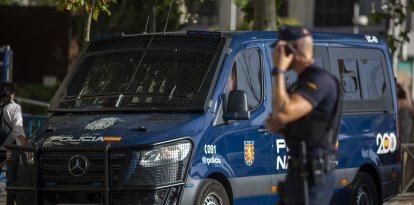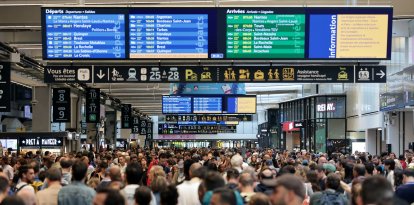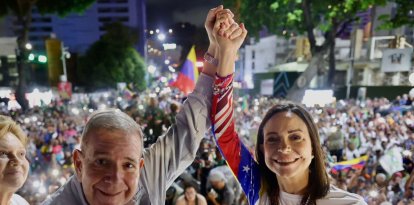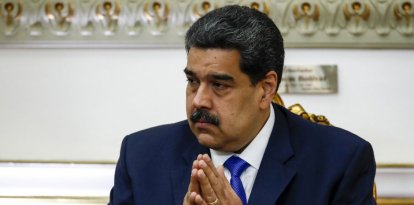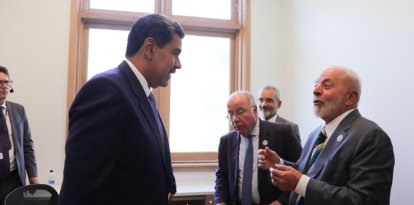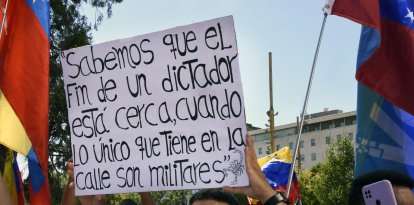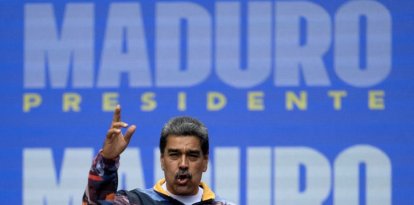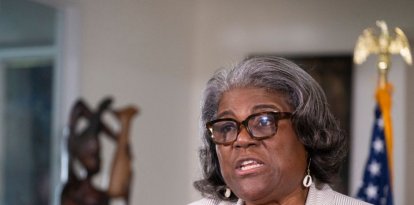The Black Berets, the Cuban communist dictatorship's last resort
Perfectly trained to combat internal dissidence, they act not only as a repressive force, but also as a preemptive force that infiltrates the population.
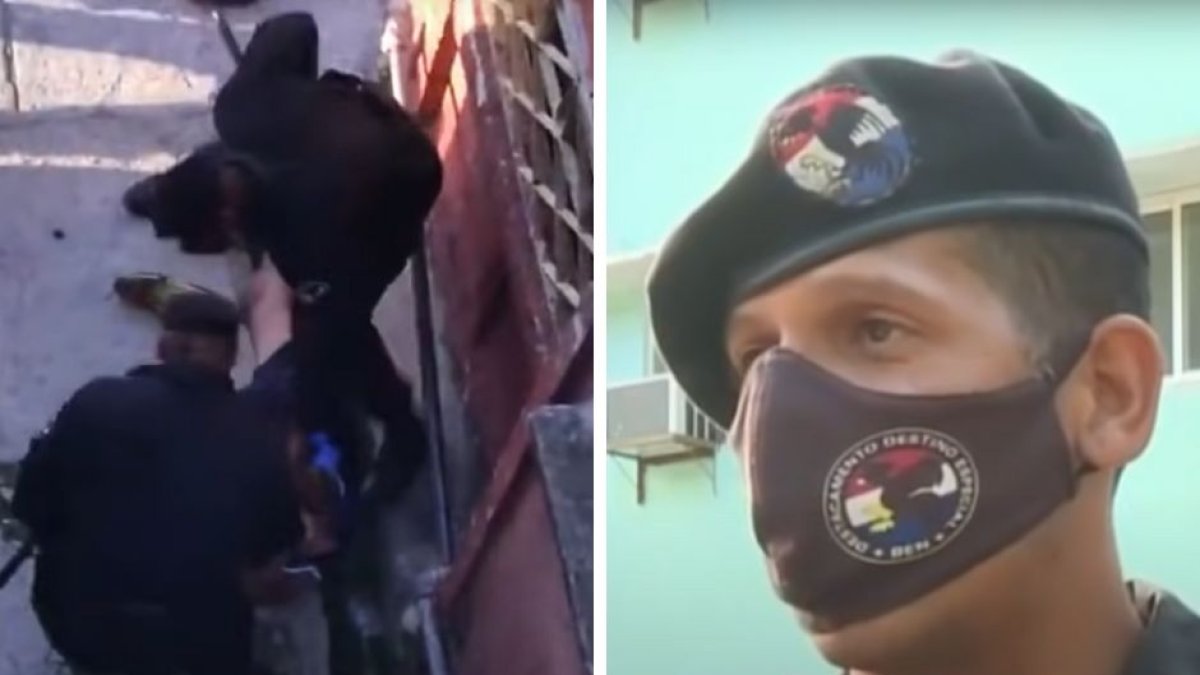
https://www.youtube.com/watch?v=8xyEZbU-z5U
There are a few legends and many secrets in Cuba about the Black Berets and the Black Wasps, two elite corps of the Revolutionary Armed Forces, the FAR. Many supporters of the regime say that the name Black Wasps comes from a speech by Fidel in which he said that revolutionaries were like wasps that sting and bite and never give up. It is an urban legend, nobody knows when or where he supposedly said that. It is known that they are trained to face a foreign invasion; something that the regime itself has known for many years that will not happen.
Instead, Cubans have been able to experience firsthand the toughness and physical and mental preparation of the Black Berets, in reality the National Special Brigade (BEN), a force designed and prepared to combat internal dissidence, repress the population, carry out anti-terrorist activities (in Cuba any dissident is a terrorist) and mercilessly attack unarmed civilians. They are trained not to think and act, and they carry their revolutionary and communist convictions in their DNA. They are the troops that the regime took to the streets to quell the revolts of July 11, 2021, and they have not stopped acting since then. The Black Wasps are also mobilized all over the country and distributed among the FAR troops, as Voz Media has learned from sources close to the regime in Cuba which is a highly militarized country.
"The Black Berets are the last recourse of the regime, they put down the very dangerous revolt two years ago and have not stopped acting since. If they fail, it is the end of the dictatorship," is how it was explained to Voz Media by the same sources. These specialists in martial arts, urban combat, assaults or explosives act as the armed wing of Cuban intelligence agencies and report to the Ministry of the Interior, but also to the National Defense and Security Council, which is coordinated by Raúl's only son, Alejandro Castro Espín, nicknamed El Tuerto (The One-Eyed Man) because he received a severe wound in one eye when he was in Angola (although he did not lose it and was only testing a weapon because he never fought).
On the ground the Black Berets act with absolute autonomy, "more or less like the Wagner group does, but here the figure of the leader is not as clear as that of Prygozhin," explain sources familiar with the inner workings of the Army. They have the best military equipment in Cuba (and practically the only one), of Russian origin, and they obey a 'dual command'. On the one hand, its classic military hierarchy, but on the other hand, and more importantly, a few politicians who always have the Central Committee of the Communist Party of Cuba as a reference, and ultimately Raul Castro, the Mummy, whom they preserve at all costs and with great care to maintain the precarious balance of power that still exists on the island.
Chinese training
But the secret of the Black Berets' success lies not so much in their military and ideological training, nor in their good weaponry. "It lies, above all, in the way they act. The Black Berets are not a repressive, reactive force, they are above all a force of anticipation," they explain to Voz Media sources on the island. "They anticipate any problem and move quickly to combat it, in the purest Chinese style, who are the ones who trained them in this regard between 2006 and 2010." And they give as an example what happened with the San Isidro Movement (MSI), born in September 2018 to protest against Decree 349 that penalized freedom of creation and expression in the country. "There were dozens of infiltrators at MIS and among the protesters and people supporting independent artists and writers. They moved fast and had everyone under control at all times."
When the famous slapping of a journalist by Minister Alpidio Alonso took place, "the workers of the Ministry of Culture went inside, mobilized and evicted everyone," according to the official version of the Ministry of Culture. "Is there anyone who can believe that they were simple ministry workers?" they stress to Voz Media, these people are very knowledgeable about the workings of Cuban intelligence. From that moment on, the San Isidro Movement and the 27-N activists disappeared from the public scene until they became irrelevant.













